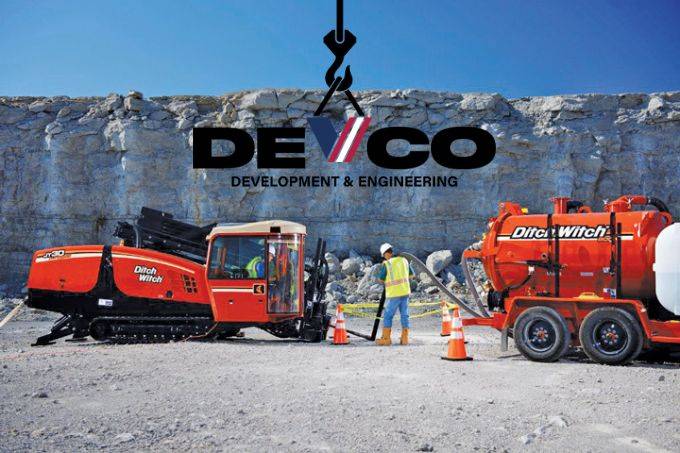Navigating the Regulatory Landscape: Key Considerations for Trenchless Installation Compliance
- Trenchless Technology
- Mar 30
- Share post

In the evolving field of trenchless technology, understanding and navigating the regulatory framework is crucial for ensuring project success and environmental stewardship. This comprehensive guide delves into the essential considerations for compliance with trenchless technology regulations, aiming to equip professionals with the knowledge needed to effectively manage their projects within the bounds of legal and environmental standards.
Understanding Trenchless Technology Regulations
Trenchless technology, an innovative approach to laying pipes and conduits with minimal surface disruption, has become a preferred method for modern infrastructure projects. However, this method comes with its own set of regulatory complexities that project managers and construction teams must navigate.
State and Federal Trenchless Standards
Each state may have specific guidelines and standards governing the use of trenchless methods. These can include requirements for the selection of technology, site assessments, and post-installation evaluations. Furthermore, federal regulations, particularly those focusing on environmental protection, must be adhered to. Ensuring compliance with both state-specific permits and broader federal standards is paramount.
Compliance in Trenchless Installations
Compliance goes beyond merely following the law. It involves a proactive approach to understanding and integrating regulatory requirements from the project’s outset.
Permitting Process for Trenchless Construction
Securing the necessary permits is a critical first step in any trenchless project. This process can vary significantly between jurisdictions but generally involves submitting detailed plans for the proposed installation, including environmental impact assessments and safety protocols. Understanding the specific requirements of your project’s location is essential for a smooth permitting process.
Environmental Impact Assessments (EIA)
An EIA is a vital component of the planning phase for any project employing trenchless technology. These assessments help identify potential environmental effects and outline strategies to mitigate negative impacts. Adhering to environmental laws is not just about regulatory compliance but also about ensuring the sustainability of the project and minimizing its ecological footprint.
Best Practices for Regulatory Compliance in Trenchless Projects
Ensuring compliance requires a structured approach to project planning and execution. Here are some best practices to consider:
-
Early Engagement with Regulatory Bodies: Connecting with local and state regulatory agencies early can provide valuable insights into specific requirements and potential challenges.
-
Thorough Documentation: Keeping detailed records of all aspects of the project, from planning through completion, can be invaluable, especially when verifying compliance with regulatory authorities.
-
Comprehensive Training: Ensure that all team members are fully trained on the latest trenchless technology techniques and understand the regulatory landscape as it applies to your project.
-
Constant Monitoring and Reporting: Establish a systematic approach to monitoring the project’s adherence to environmental and safety standards, and be diligent in reporting this compliance to the relevant authorities.
Safety Standards in Trenchless Pipe Laying
Safety is a paramount concern in trenchless projects, not just for the workers involved but also for the public and the environment. Compliance with safety protocols, such as those outlined by OSHA and other regulatory bodies, is a legal requirement and a moral obligation.
Trenchless Technology and Urban Planning Codes
Urban planning codes can significantly impact the feasibility and design of trenchless projects. These codes often include specific provisions for public safety, land use, and infrastructure development. Understanding and integrating these codes into your project planning is crucial for compliance and project approval.
Final Thoughts
Navigating the regulatory landscape of trenchless installations can be daunting, but it is an essential part of successful project management. By understanding and adhering to trenchless technology regulations, ensuring compliance through meticulous planning and execution, and adopting best practices for regulatory compliance, professionals can lead their projects to successful and sustainable completion.
Remember, compliance is not just about meeting minimum legal requirements; it’s about setting a standard for excellence in infrastructure development that prioritizes safety, environmental protection, and community well-being. As trenchless technology continues to evolve, so too will the regulatory landscape that governs it, requiring ongoing vigilance and adaptability from all involved in this dynamic field.
Get in Touch:
To learn more or to discuss your HDD needs in California, check out Devco’s offerings below.


